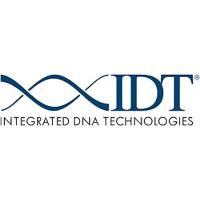Herpes Simplex Virus Type 1-Derived Recombinant and Amplicon Vectors
互联网
969
Herpes simplex virus type 1 (HSV-1) is a human pathogen whose lifestyle is based on a long-term dual interaction with the infected host, being able to establish both lytic and latent infections. The virus genome is a 153 kbp double-stranded DNA molecule encoding more than 80 genes. The interest of HSV-1 as gene transfer vector stems from its ability to infect many different cell types, both quiescent and proliferating cells, the very high packaging capacity of the virus capsid, the outstanding neurotropic adaptations that this virus has evolved, and the fact that it never integrates into the cellular chromosomes, thus avoiding the risk of insertional mutagenesis. Two types of vectors can be derived from HSV-1, recombinant vectors and amplicon vectors, and different methodologies have been developed to prepare large stocks of each type of vector. This chapter summarizes (1) the two approaches most commonly used to prepare recombinant vectors through homologous recombination, either in eukaryotic cells or in bacteria, and (2) the two methodologies currently used to generate helper-free amplicon vectors, either using a bacterial artificial chromosome (BAC)-based approach or a Cre/loxP site-specific recombination strategy.









